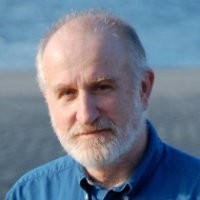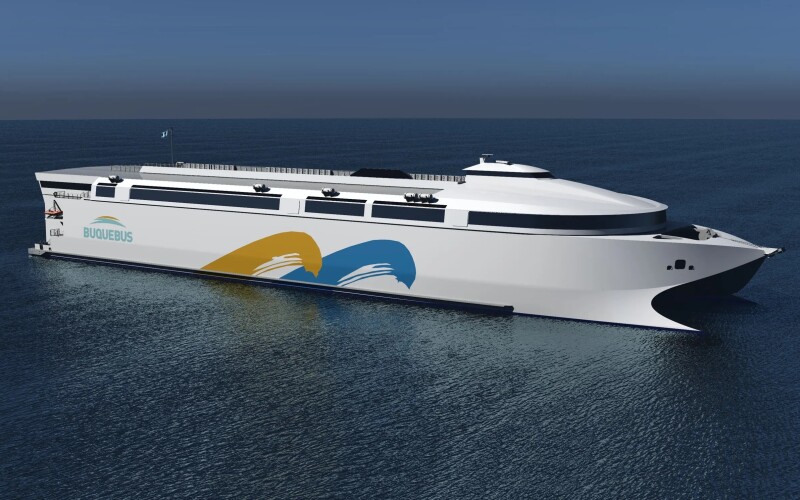With customers around the world looking for low- or zero-emissions alternatives to fossil-fuel propulsion, Incat Tasmania believes it has the wherewithal to make that transition. In fact, the company and one of its customers is changing course for a vessel already under construction.
Buquebus, one of Incat’s longtime customers based in Buenos Aires, Argentina, recently asked Incat to “investigate the possibility of replacing the LNG powerplant with a battery-electric solution,” for a 130-meter (426') catamaran that will carry 2,100 passengers and 226 vehicles, according to Incat. When the transition from LNG to batteries is completed, the vessel would be the world’s largest zero-emissions ferry operating on any route anywhere.
“The customer wants this to happen, Incat wants this to happen, and whilst there are matters to be finalized, I am extremely confident that Incat can deliver this groundbreaking ship,” said Incat group chairman and founder Robert Clifford. “In my experience, unless we see something come in from left field, this is a done deal.”
Craig Clifford, Incat’s managing director, acknowledged that “there are always challenges if you change any aspect of the design of a ship part way through [the] build, but in simple terms, this is just swapping out one method of propulsion for another.”
That swapping out requires a lot of new engineering, however. At the recent Interferry conference in Seattle, Luke Pretlove, Austal’s technical manager, said, “Electric ferries require longer and more complex design spirals.”
Conventional diesel power requires only main engines and gearboxes to drive propulsors, while zero-emission power includes batteries, frequency converters, transformers, and electric motors, plus shoreside infrastructure to handle recharging.
“Obviously, there needs to be sufficient energy supply in the ports that the ship would visit,” said Clifford. “But we understand this is progressing positively. The batteries and electric motors are being worked through with our suppliers to ensure they can deliver the technology required in the timeframe we need them.”
Peter Gutwein, Incat’s strategic adviser, said that Incat is ready to meet the demand. “The world wants large, lightweight, zero-emission ships,” he said, “and we are already scaling up our workforce and production facility for what will be a significant expansion.”
“Zero-emissions shipping is the future,” said Clifford, “and Incat, based in Tasmania, one of the few places on the planet which has already delivered net zero, is now poised to revolutionize the world’s shipping fleet by delivering the world’s first zero-emissions, lightweight ship.”




